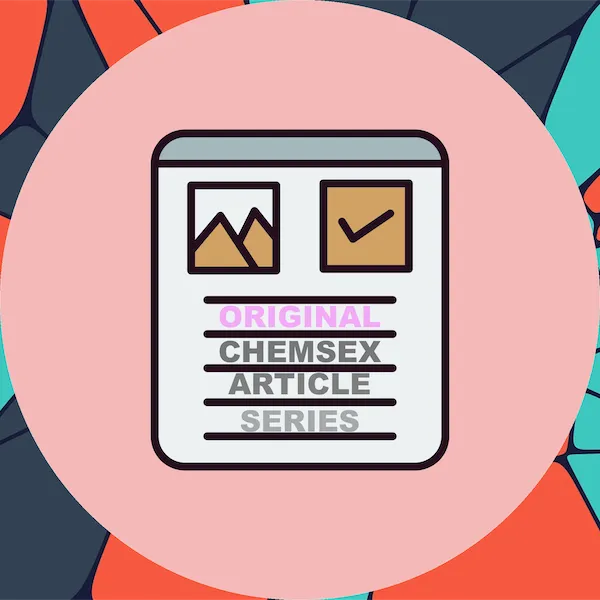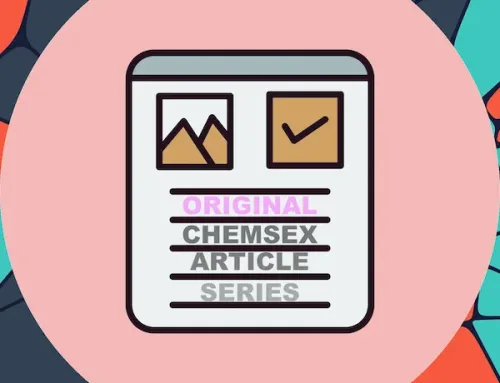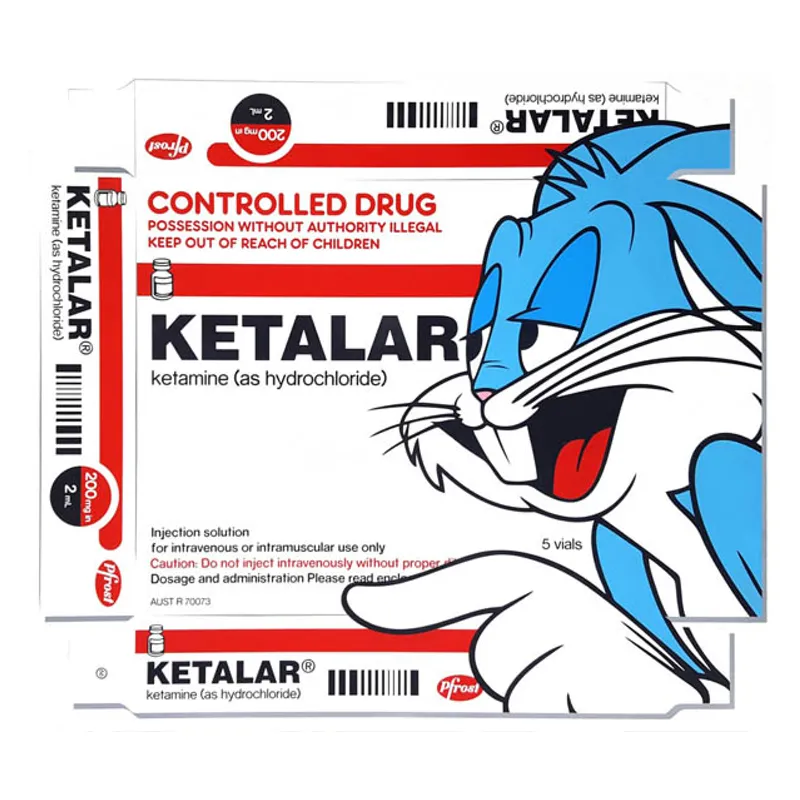Chemsex and health risks
Chemsex is a term used to describe a type of recreational drug use, typically among gay or bisexual men, that includes drugs such as GHB, GBL, and crystal methamphetamine, often combined with sex. The term “chemsex” was initially coined by the London LGBTQ+ community and it has evolved to refer to all types of sexual activity while using drugs, regardless of sexual orientation.
Chemsex is associated with a number of health risks and harms, including HIV and other sexually transmitted infections (STIs), as well as physical and mental health consequences. Chemsex increases the risk of HIV transmission due to increased risk taking behaviour, and it can also increase the risk of STIs due to the breakdown of barriers like condom use. Additionally, substance use associated with chemsex can lead to impaired judgement and risky behaviour, increasing the risk of sexual assault or other physical harm.
The use of GHB, GBL, and crystal methamphetamine can also lead to adverse physical and mental health effects. GHB and GBL can cause dizziness, nausea, and respiratory failure, while crystal methamphetamine use can lead to paranoia, anxiety, and aggression, as well as cardiovascular problems, memory loss, and psychosis. Additionally, regular use of these drugs can lead to increased tolerance, meaning that users will have to take more of the drug to achieve the same effect and this can lead to addiction and further health harms.
Overall, chemsex is associated with a number of health risks and harms and it is important to be aware of these in order to make informed decisions. If you or someone you know is engaging in chemsex, it is important to seek help from a medical professional and get support from community resources such as the LGBTQ+ community.
Meta






